CEP 498
Sustainability, Climate Change, and Communication
10 June 2008
Introduction
I have argued in previous papers that air quality and green building were not the most important issues in promoting Sustainability. What about climate change? What is “Sustainability” and where does climate change fit into the discussion? I hope to look at the question using many of the perspectives of those who participated in our speaker series as well as literature we read for class and other sources. Climate change has an important role to play in the sustainability movement, but its resolution is not synonymous with the sustainability movement.
We generally understand climate change as affecting social, environmental, and economic issues. For example the social factor is evident because of the flooding that is expected to come with climate change that could displace millions of homes1. The Environment is being directly impacted by humans and animals would be asked to move, plant species will have less of a chance to survive, and water tables continue to fall. Economic issues are closely tied in with the above two. Falling water tables means it becomes more difficult to grow food leading to increased food prices to name one of many related issues. Cooling costs will rise dramatically with global warming. Many examples can be made to make the case the climate change is a sustainability issue, but it is not the only sustainability issue.
Opportunities For Leadership
David Orr pleaded for governmental leadership in the sustainability movement in a recent interview with TreeHugger magazine.
“I think there is no such thing here as cheap solutions or end-runs around the way the world works. We are going to have to balance the carbon books, balance the nitrogen books, and build a world that is a lot fairer than what we have at present. My sense is that it is going to be a tough thing. That raises issues: ‘well what do you tell the public?’ Gustave Speth, the dean of the School Forestry at Yale, refers to a lot of this stuff as "happy talk." There is a lot of happy talk out there that is premised on the belief that you can't tell the public the bad news because it’ll scare them and they'll not do anything, or they will fall into despair. That wasn't the strategy that Winston Churchill had in 1940;
Churchill told the British people that he didn't have anything to offer them but blood, toil, tears, and sweat. He didn't say, "hey this is a great opportunity for urban renewal in London and we can beat Nazism at a profit." I think there's a requirement for leadership now in this country at the very top of the government, certainly in the next presidency, to tell the truth, to tell the American public that this in fact is a global crisis. We have to lead it. Time is short.”
It is absolutely essential that leadership come from the top. Senators from coal-producing states who are supposed to fight for their constituents are not going to turn on them (from short-term economic perspective) in supporting a climate change bill without strong leadership from the President both selling this plan to the public and strongly encouraging congress to pass such a bill.
Fiction author, Barbara Kingsolver wrote about why she moved her family from the city to a small farm in “A Good Farmer” published in The Nation magazine, “The values I longed to give my children--honesty, cooperativeness, thrift, mental curiosity, physical competence-were intrinsic in my agrarian childhood, where the community organized itself around a sustained effort of meeting people’s needs These value, I knew, would not flow naturally from an aggressive consumer culture devoted to the sustained effort of inventing and engorging people’s wants”. She goes on to say, “I‘ve never loved any earthly thing so much [as the new farm].3”
Her comments remind us of the role that our upbringing can have on what we ultimately do. We can promote a sustainable world by teaching young people values that will outlive the current world we live in and take them to a more just, equitable, and humane society.
Other opportunities for leadership exist at the education level David Orr, in his famous essay “ What is Education For?”4 , laments, “Students hear about global responsibility while being educated in institutions that often invest their financial weight in the most irresponsible things. The lessons being taught are those of hypocrisy and ultimately despair. Students learn, without anyone ever saying it, that they are helpless to overcome the frightening gap between ideals and reality.”
He goes on to suggest the solution:
“What is desperately needed are faculty and administrators who provide role models of integrity, care, thoughtfulness, and institutions that are capable of embodying ideals wholly and completely in all of their operations.”
Grace Crunican ‘s council on leadership at our final lecture series was terrific. We need philosophers and visionaries to show us where we need to be, but we need planners and policy makers to show us a path we can take to get there. They are the bridge builders leading us from are current position to a more sustainable future. In order for them to do that, she said, they would need to hold onto what they know needs to happen, but be willing to work within the current framework and offer paths to the future that would accommodate those who are stuck in the past.
What is Climate Change’s Role in the Sustainability Movement?
Climate change has a very special role to play in the sustainability movement. It brings diverse parties together by providing a rallying point for them to flock to and unite under the banner of sustainability. It is the awareness and general acceptance of climate change that has really been the impetus for our newfound sustainability movement. Other factors such as 9/11, peak oil, poor air/water quality, oil spills, the o-zone hole, and high gasoline prices have contributed, but I believe climate change is the primary motivator.
This acceptance of climate change as a real problem is a perfect point for many parties to latch on to. Businesses want to get involved to preserve natural capital, environmental groups use climate change to point out a large array of improvements that can be made in the natural world, social leaders use climate changes effects to highlight problems facing island nations and other economically depressed areas.
The real opportunity for leadership in the sustainability movement today lies in working together. Make friends with former foes; Rally around common causes; Be willing to use the language and style of your opponent to get to know their perspective and hopefully find a way to show them yours. Climate change is especially suited to this kind of approach to problem solving.
While working together may seem like an obvious approach it may not be so intuitive for groups that have not previously worked together on other issues. This was pointed out forcefully by an audience member who lectured Kathy Fletcher from People for Puget Sound with the question, “Why don’t you work with the agriculture and forestry communities!?” Kathy Fletcher’s response indicated there was much more work to be done here, but that it was probably a good idea. The following week Karen Wolf from King County expressed her enthusiasm for the opportunity she had to work with public health officials on the HealthScape initiative, a community design project.6 She said she had little idea that public health advocates might want to get involved in environmental initiatives, but that with nearly all issues to do with the environment, there are a large number of groups focusing on related projects that might be able to add something to your work.
The issue of climate change shows a particular ability to draw in many interest groups. Business leaders, educators, poverty advocates, transportation planners, environmental justice groups, economically-minded politicians, wilderness users, and more have a vested interest in responding to climate change.
Doing My Part
I will be studying Public Policy for my Master’s Degree at Brigham Young University located in a State that gives bush the highest approval rating in the country7. It is a bit worrying. I have already gotten in touch with the campus recycling team and the Campus Democrats. I look forward to working with Gary Bryner, a professor that advises the Utah government on climate change issues and is currently doing research about lessons we can learn from European climate change and environmental policy.
A big allure for me attending Brigham Young University and not a school where most of the students share my views is the opportunity to learn from and share my experiences with others. Surrounding oneself with people that think and act and talk the same way creates contention and limits learning at the day of decision. I learned that in England as a volunteer missionary working side-by-side with many people who had very different ideas than me. I was the pariah, the outcast. It was patronizing.” You are really nice, for a liberal” was the top compliment I would get from other volunteers who did not share my background. Those trying experiences challenged my views and strengthened them. An unintended outcome was that I left with a greater understanding of the fears and even the vocabulary of those with whom I disagreed. This appreciation for their concerns improved my ability to effectively communicate important ideas in a way that made sense to them. Disintegration and an unwillingness to learn from others might result in an arrogant assumption of ones own superiority, but listening and building unity leaves a refreshing air where someone not formerly supporting your idea might say, “I can see why that would be important” or “I can see where you are coming from.” Building a constructive dialogue between conservative and liberal thinkers is something I want to accomplish in my next adventure in eduction.
Conclusions
While climate change remains an important rallying point that all parties can rally behind. I do not think we can “solve” climate change. It is too big of a problem to tackle, too much has already happened and the effects are already taking their toll. Unity and goodwill are not going to prevent dramatic loss of snowfall in our mountains, melting glaciers, lowering water tables, and continual species decline. As sustainabilists we must not fret over stopping global warming in its tracks: it is already far too late.
There is something we can do. By working together and building bridges with movements of every kind we can effectively adapt to our changing future and live in a much more sustainable way. By working together, focusing on the things we can change we will build a better future and a better world.
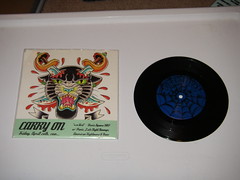
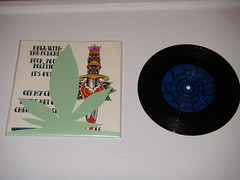
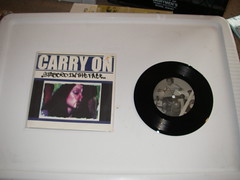
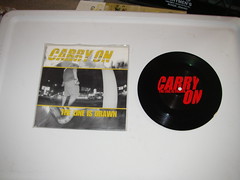

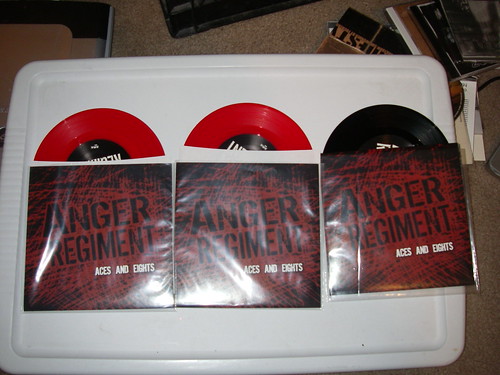






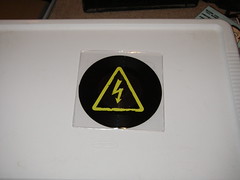



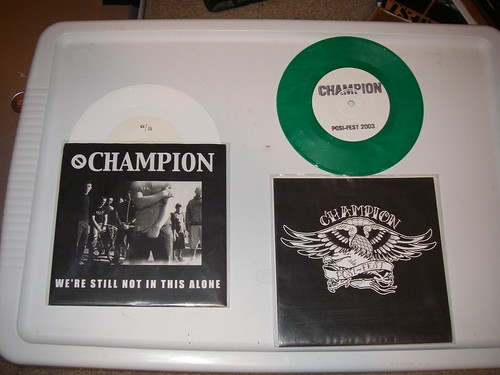
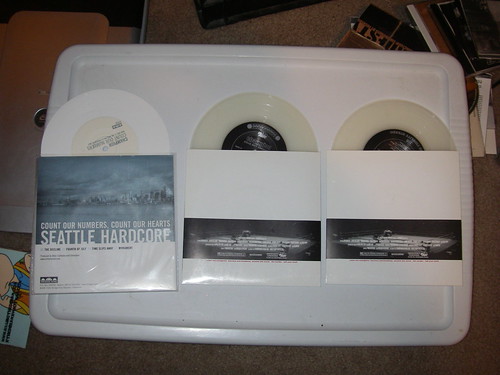











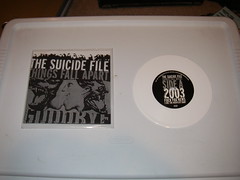















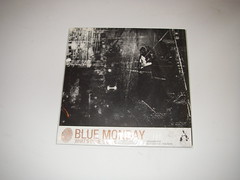




















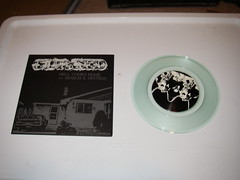


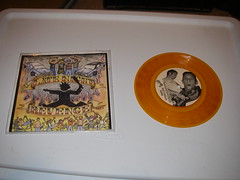



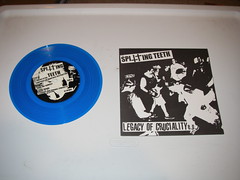
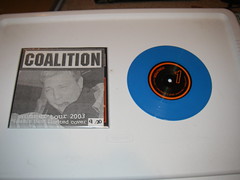







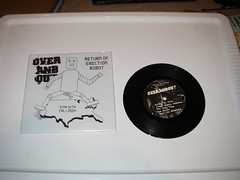
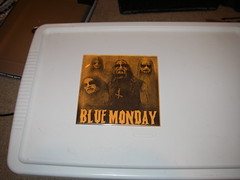



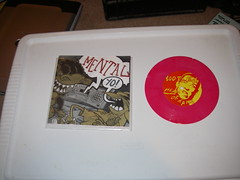






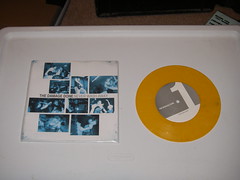



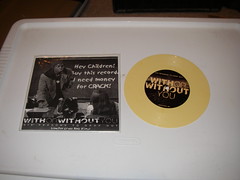







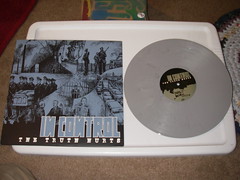



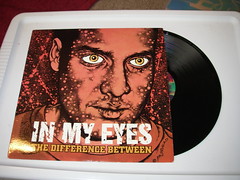









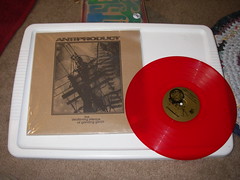
















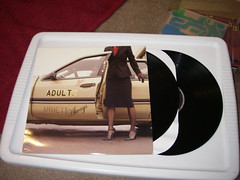








 American Nightmare - Demo
American Nightmare - Demo Allegiance - Demo
Allegiance - Demo Legit - Demo
Legit - Demo Heartriot - Demo
Heartriot - Demo Scathed - Demo
Scathed - Demo Knife Fight- Demo
Knife Fight- Demo Piece By Piece - Demo
Piece By Piece - Demo Say Goodbye - Demo
Say Goodbye - Demo The Damage Done - Demo
The Damage Done - Demo Harbinger - Demo
Harbinger - Demo Drawn And Quartered - Seattle Death Metal -Demo
Drawn And Quartered - Seattle Death Metal -Demo Fortunate Son - Demo
Fortunate Son - Demo Break Through - Demo
Break Through - Demo Break The Chain - Demo
Break The Chain - Demo November Group - Demo
November Group - Demo The Dedication - Demo
The Dedication - Demo In Stride - Demo 2004 (sealed)
In Stride - Demo 2004 (sealed) Champion - Demo 1999
Champion - Demo 1999 Champion - Demo 2000 (Limited One Man Jam edition)
Champion - Demo 2000 (Limited One Man Jam edition) Contingent - Demo
Contingent - Demo A Death For Every Sin - Demo
A Death For Every Sin - Demo

















